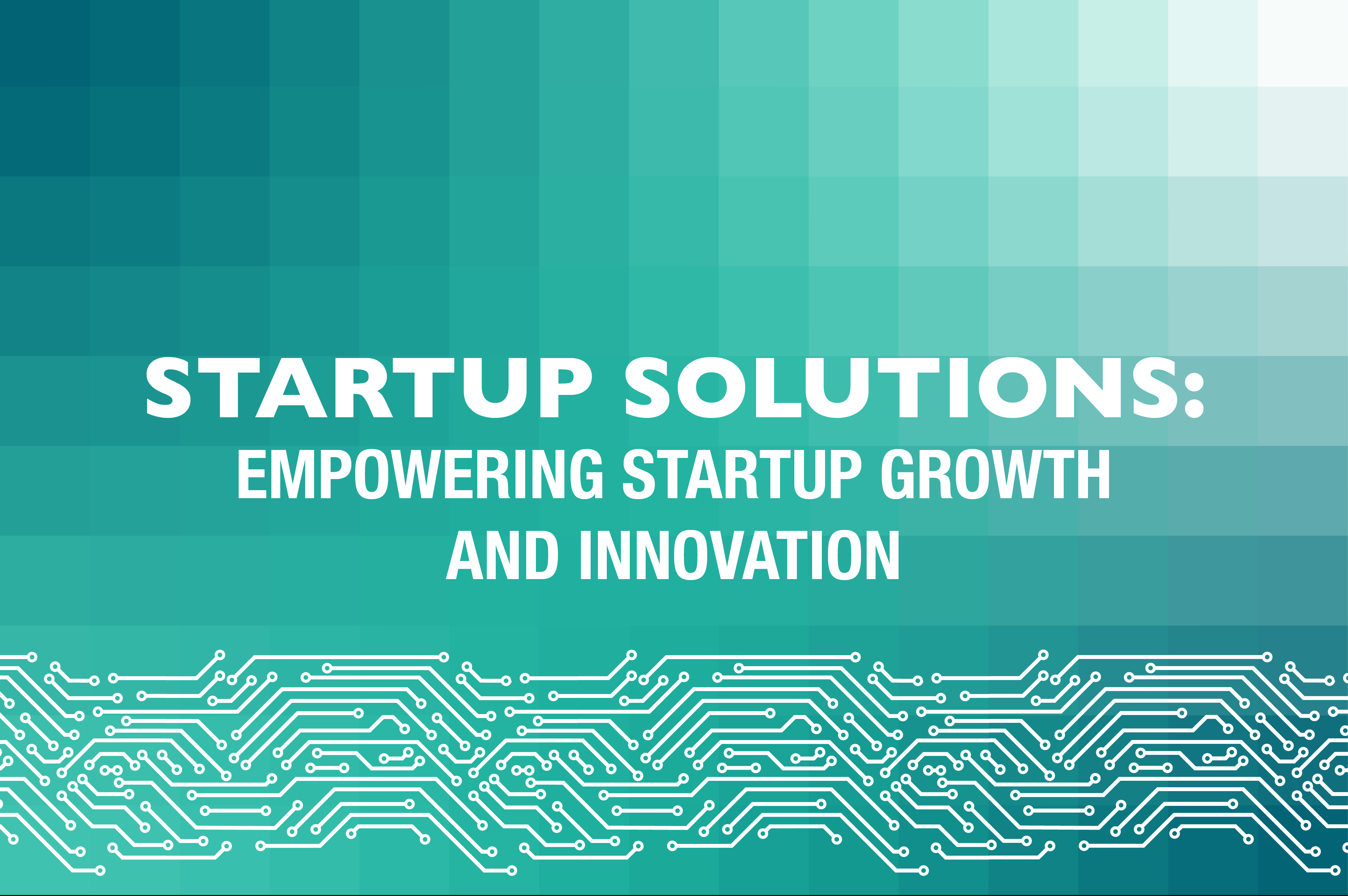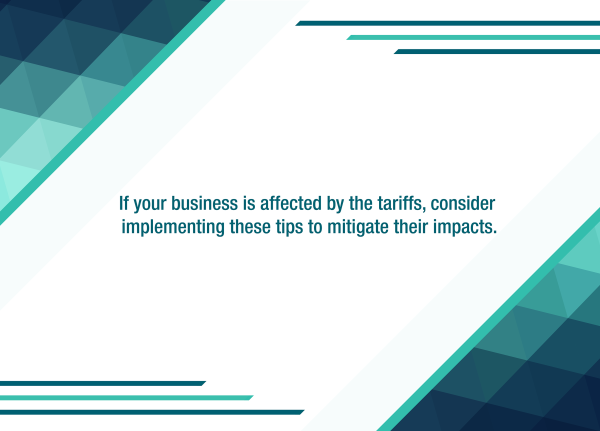by Jun Wang, CPA, MST | Check out the Startup Solutions series
In today’s fast-paced business landscape, startups are constantly striving to push the boundaries of innovation. To support their efforts and fuel their growth, the federal government provides research and development (R&D) credits as a valuable incentive. These credits offer startups and small businesses a dollar-for-dollar reduction in tax liability, empowering them to stay ahead in their pursuit of innovation.
R&D credits have undergone significant advancements. As of 2016, startups may qualify for an R&D tax credit of up to $250,000 annually for up to five years, amounting to a total of $1.25 million to offset the Federal Insurance Contributions Act (FICA) portion of their annual payroll taxes. Furthermore, the Inflation Reduction Act in 2022 has doubled the initial credit amount, allowing startups to claim up to $500,000 per year to bolster their innovation and research efforts. However, the benefits of leveraging R&D credits aren’t limited to only financial incentives.
BENEFITS
Innovation: By rewarding innovation and technological advancements, these credits foster a culture of continuous improvement and encourage startups to explore new ideas, technologies, and solutions—which can lead to breakthrough discoveries, improved products or services, and long-term business growth.
Competitive Advantage: By continuously pushing the boundaries of technological advancements, startups can differentiate themselves in the market, enhance customer satisfaction, and gain a larger market share.
Bottom Line: Cash flow is a critical concern for startups, especially in their early stages. R&D credits can provide a much-needed infusion of cash. By claiming these credits, startups can offset a portion of their qualified research expenses, such as wages, supplies, and contract research costs. This reduction in tax liability translates into lower tax payments and greater flexibility in cash flow – putting more innovation funding in your organization’s pocket.
ELIGIBILITY
To claim R&D credits, tech startups must meet certain eligibility criteria. The research activities should aim to develop or improve a product, process, software, or technique related to the company’s business. Additionally, the activities must meet the requirements of the IRS’s four-part test: permitted purpose, elimination of uncertainty, process of experimentation, and being technological in nature.
Permitted Purpose: The R&D activities must develop a new or improved functionality, performance, reliability, or quality of a new or existing business component (e.g., product, process, software, or formula).
Elimination of Uncertainty: The development or improvement of the business component must seek to discover information that would eliminate uncertainties regarding the capability, method, or appropriate design of the product, process, software, or technique being developed or improved.
Process of Experimentation: The company must engage in a process of experimentation to eliminate or resolve technological uncertainties. This process usually involves systematic and iterative activities such as modeling, simulation, prototyping, trial and error, testing, or analysis.
Technological in Nature: The research must be technological in nature, meaning it must rely on principles of engineering, computer science, physical sciences, or biological sciences.
Additionally, there is a “substantially all” requirement – meaning, generally, at least 80% of the research expenses claimed must be incurred in the U.S.
DOCUMENTATION
Proper documentation and record-keeping are crucial when claiming R&D credits as they will help substantiate your claims in case of an audit or review by tax authorities. Startups should maintain detailed records of research activities, expenses, and the technological uncertainties encountered. Documentation should always include project descriptions, research plans, design documents, progress reports, and test results.
HOW TO CLAIM
Startups can claim R&D tax credits by filing IRS Form 6765, accompanied by supporting financial records or technical documents. The credit is typically calculated as a percentage of the qualified expenses incurred during the tax year; the specific percentage may vary depending on factors such as the nature of the research and the startup’s size.
A qualified small business (defined as a business with gross receipts of less than $5 million for the current year and no gross receipts before the five tax-year period ending with the current year – which effectively limits the credit to start-ups that have been in existence for five years or less) can elect to apply the research credit against its share of the OASDI portion of the FICA tax, rather than against income tax. The election can be made for up to $250,000.
As of January 1, 2022, the Tax Cut Job Act (TCJA) established a provision which claimed that R&D costs incurred are no longer allowed as an immediate deduction for federal income tax purposes; rather, R&D expenditures incurred must be capitalized and amortized over a five-year period at minimum or within the same taxable year.
Working with a qualified tax advisor is essential to accurately calculate and maximize R&D credits based on the specific circumstances and the nature of the research.
UNUSED CREDITS
Depending on the specific tax regulations and rules of the jurisdiction, unused General Business Credits (GBCs) may be carried back one year and carried forward for 20 years. Any unused credits for a year must be carried back to the preceding tax year before being carried forward. There is no election to forgo the carryback period. (The GBC carryforward limitation does not apply to partnerships or S corporations.)
Carryforward: The general rule is that unused R&D credits can be carried forward to future tax years. This means that if a startup has R&D credits that exceed its current tax liability, it can carry the unused credits forward to offset future tax liabilities. The carryforward period is typically 20 years, allowing the startup to utilize the credits in subsequent years when it has tax liabilities.
Carryback: In certain situations, startups may have the option to carry unused R&D credits back to prior tax years. By applying the unused credits to prior years, the startup can potentially receive a refund for taxes paid in those earlier years.
Alternative Minimum Tax: Startups that are subject to the AMT may have limitations on their ability to use R&D credits. In such cases, the unused R&D credits can be carried forward to offset future regular tax liability once the startup is no longer subject to the AMT. This allows the startup to utilize the credits effectively once it transitions out of the AMT.
THE TAKEAWAY
R&D credits provide tech startups with substantial benefits, including cost savings, improved cash flow, a competitive advantage, and an enhanced culture of innovation. By leveraging these incentives and meeting the eligibility requirements, startups can allocate resources towards research and development activities, fostering growth, and positioning themselves at the forefront of innovation.
For more information on claiming R&D credits for your startup, please contact us.
____________________________________
We highly recommend you confer with your Miller Kaplan advisor to understand your specific situation and how this may impact you.



